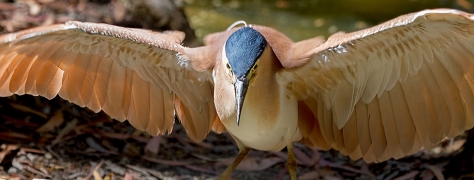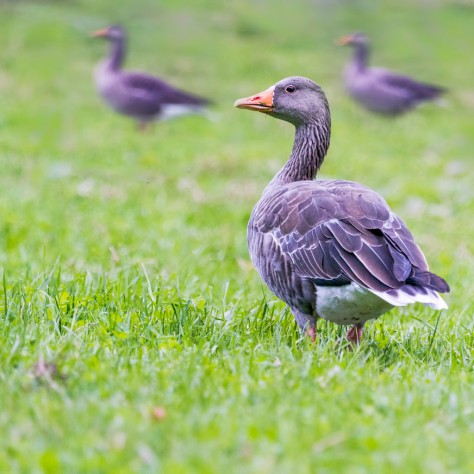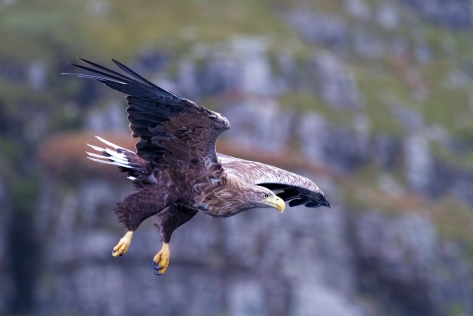/featured/you-should-have-seen-the-one-that-got-away-mr-bennett-kent.html”> Nankeen or Rufous Night heron Near Port Douglas, Queensland, Australia[/caption]
Nankeen or Rufous Night heron Near Port Douglas, Queensland, Australia[/caption]
Happy Wild Bird Wednesday :0)
Click the link below to see photographs from many talented folk around the world and feast your eyes on our fine feathered friends!!
I am not sure how well this title translates globally, but this is a dig at the pub boasting of fisherman using their arms to show just how big the fish they ALMOST caught was!!!
Taken near Port Douglas, Queensland, Australia, this is the Nankeen or Rufous Night Heron (Nycticorax caledonicus) coming in to land.
I seem to have gained the confidence of this beautiful specimen and I spent the best part of an hour, just sitting in his company and it really was an honor.
It is one of those experiences which can make wildlife photography so much more than simply pressing the button :0)











